🌳 Lotkon from Our Garden — Harvest, Market, and a Short History of the Beloved Burmese Grape | 10% beneficiary to the @beautycreativity account
Hello dear Steemians,
How are you all? I hope you are well. Alhamdulillah, I am fine too. Today was a busy and happy day: we harvested lotkon from our garden, and even sold some at the market. In our Narsingdi home, people always smile when they hear the name lotkon — because our district is famous for two things: bananas and lotkon.
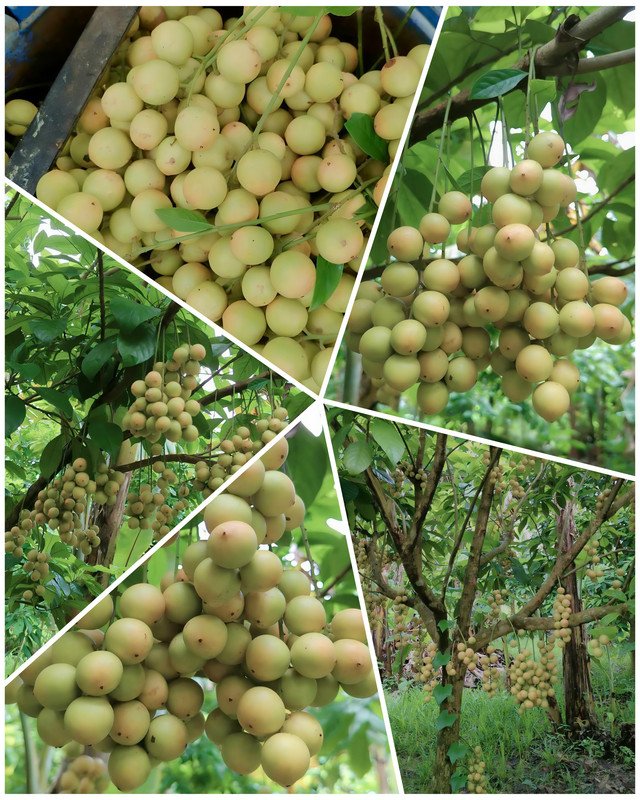
A joyful morning in the garden
I woke up early, walked to the garden with my basket, and picked the small round yellow fruits that grow in bunches on the tree. The trees were full — the bunches looked golden in the morning light. We kept some for the family and carried the rest to the local market. It felt good to sell fresh fruit grown at home and share it with neighbours. (That local pride — Narsingdi’s lotkon reputation — is well known in the region.)
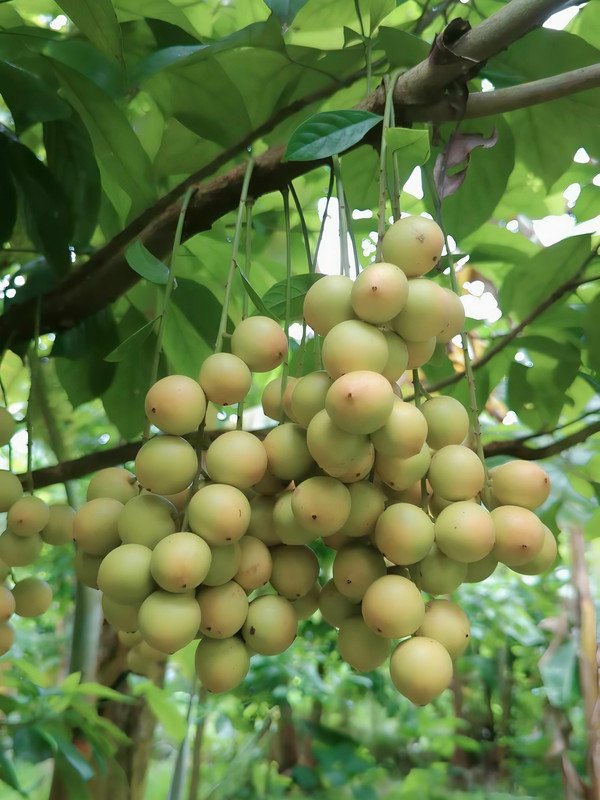
What is lotkon? — a short history and botany
Lotkon is the local name for a tropical fruit commonly called the Burmese grape in English. Scientifically it is known as a species in the Baccaurea group (often cited as Baccaurea motleyana / related species), and it is native to parts of Southeast Asia. The fruit grows in strands, each fruit about 2–5 cm across, with thin skin and a juicy, slightly sweet-to-tart pulp that surrounds a few seeds. It is eaten fresh, and is also made into jams or fermented products in some places.
Lotkon goes by many local names across the subcontinent and Southeast Asia (for example, rambai, rambi, bubi), and varieties differ — some are sweeter, some slightly sour. Historically, the tree and its fruit have been part of local diets and small-scale cultivation for a long time; only recently has focused cultivation and marketing (including in Narsingdi) raised its profile for farmers.
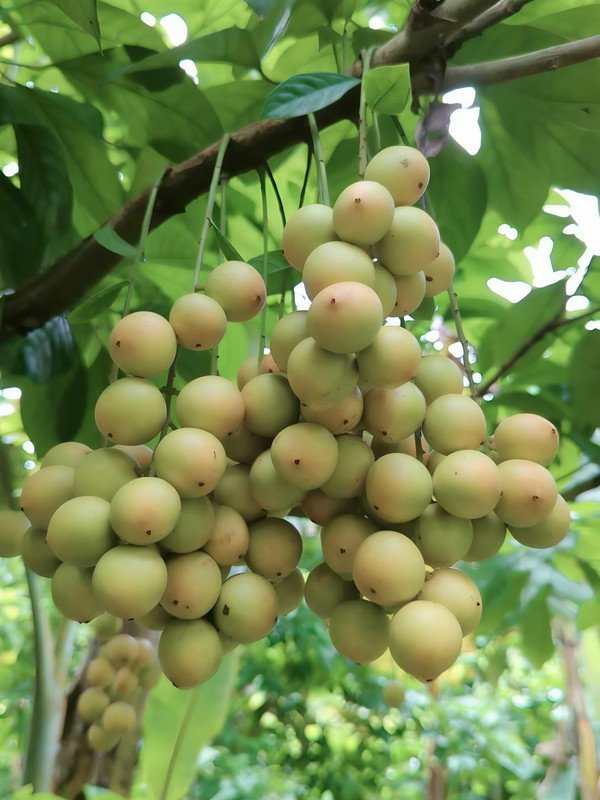
Farming and local economy
In recent years, farmers in Narsingdi and nearby districts have expanded lotkon cultivation as a profitable crop. Reports and local coverage note that many growers now cultivate lotkon commercially and some have even started exporting after meeting domestic demand. This has helped local incomes and given lotkon a stronger place in the regional economy.
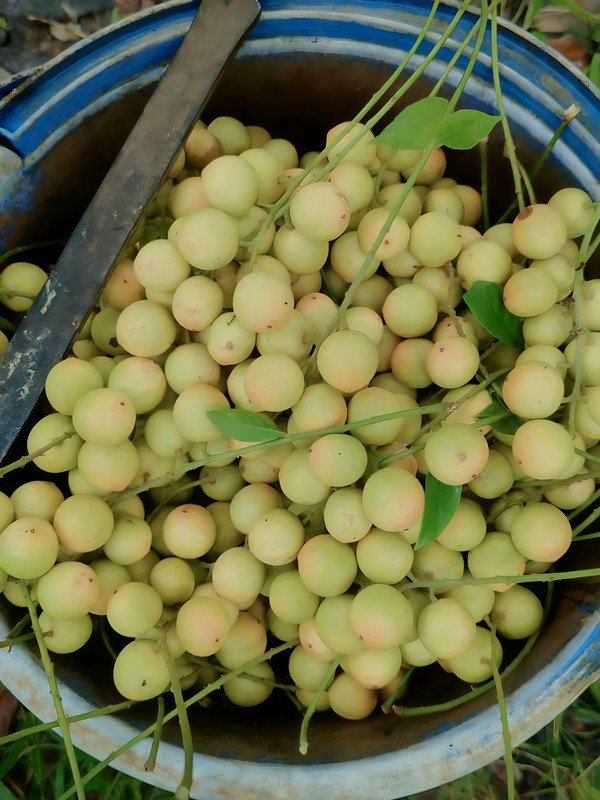
Health, uses, and small-scale processing
Lotkon is nutritious — it contains vitamin C and other nutrients typical of small tropical fruits. Researchers have also looked at components like pectin from lotkon for use in food processing, which suggests potential beyond fresh eating (for jams, jellies, and value-added products). Locally, people enjoy it fresh, and sometimes use the pulp in preserves or traditional remedies.
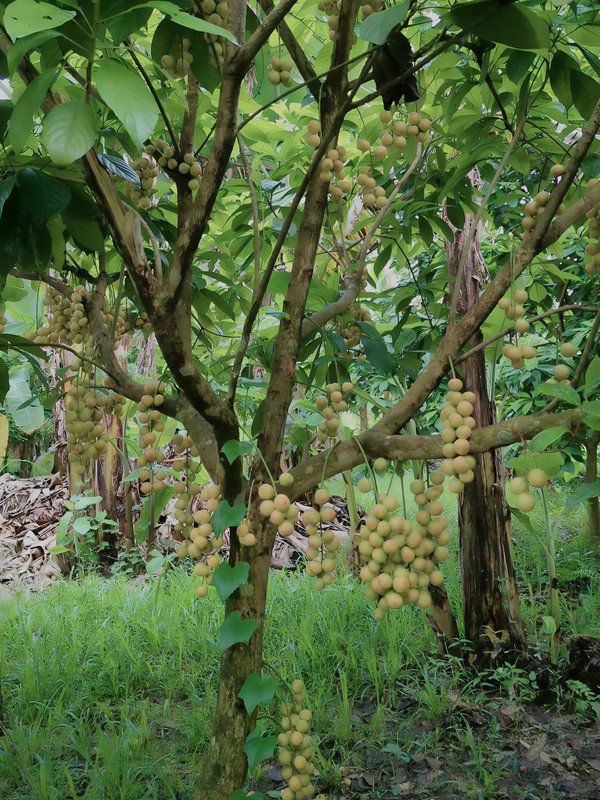
How we enjoyed it today
At home we ate some freshly picked lotkon right away. The ripe ones were sweet with a pleasant mild tang; the slightly less ripe ones had a sharper, refreshing sourness — both were lovely in their own way. Neighbours bought a few kilos from us at the market, and some customers asked where the fruit came from. I felt proud to say “from our garden in Narsingdi.”
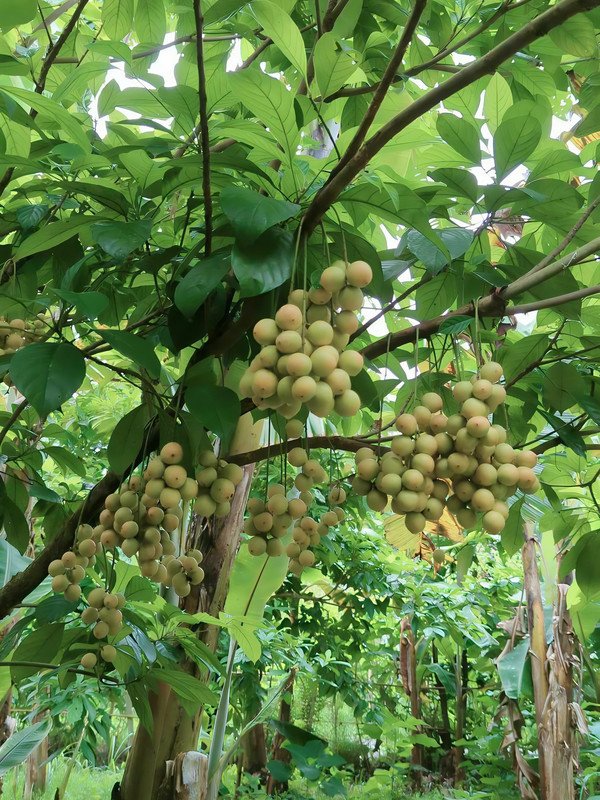
Why lotkon matters to us
For many small farmers and gardening families, lotkon is more than a seasonal treat — it is a source of extra income and a piece of local identity. Harvesting together, selling at the market, and sharing fruit with family keeps traditions alive while helping the household economy.


Here is my X promotion link: https://x.com/Riyanir143/status/1965683001528107464?t=LdP9iFg5JR0k_iZDxauKlg&s=19